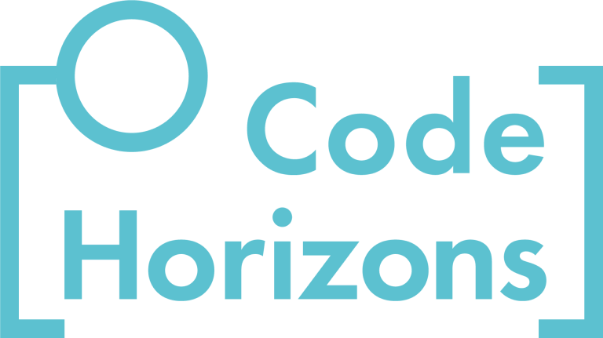Python for R Users: A Short Course
An 8-Hour Livestream Seminar Taught by Adam D. Rennhoff, Ph.D.
R is a free and open-source language for statistical analysis that is widely used across industries and disciplines. For many, R is the go-to source for data analysis and data visualization. There are several important areas, however, where Python (which is also free and open-source) may be preferred to R. For example, Python’s scikit-learn package for machine learning is far more widely adopted than R’s caret package. In addition, Python has become the primary language for neural networks and deep learning tasks, such as image classification and natural language processing. R users who wish to access these tools and more would benefit from becoming comfortable using Python, which they can do from inside the familiar RStudio environment.
This course is not intended to “convert” R users to Python users. There are many areas and aspects of data analysis in which R excels relative to Python. Rather, this course is intended to give R users confidence about programming in Python so they may take advantage of Python’s inherent advantages in areas such as machine learning, deep learning, and big data. This course aims to add a new tool to your data toolbox.
Starting February 6, we are offering this seminar as an 8-hour synchronous*, livestream workshop held via the free video-conferencing software Zoom. Each day will consist of two 2-hour lecture sessions which include hands-on exercises, separated by a 30-minute break. You are encouraged to join the lecture live, but will have the opportunity to view the recorded session later in the day if you are unable to attend at the scheduled time.
*We understand that finding time to participate in livestream courses can be difficult. If you prefer, you may take all or part of the course asynchronously. The video recordings will be made available within 24 hours of each session and will be accessible for four weeks after the seminar, meaning that you will get all of the class content and discussions even if you cannot participate synchronously.
Closed captioning is available for all live and recorded sessions. Captions can be translated to a variety of languages including Spanish, Korean, and Italian. For more information, click here.
More Details About the Course Content
This course is more than just a how-to guide for translating R code to Python. While these kinds of translations can be helpful, the end goal is to help you become fluent in Python so that you will be able to incorporate popular Python libraries into your personal toolbox.
This course is thoroughly hands-on. You are encouraged to write code with the instructor and participate in the carefully designed exercises interspersed throughout the seminar and assigned as “take-home” practice after the first session. By the end of the course, you can expect to log more than six hours of guided practice coding in Python.
Computing
To participate in the hands-on exercises, you are strongly encouraged to use a computer with the most recent version of the Anaconda distribution for Python installed. For participants unable to install Python locally, we will introduce Google Colab as a free cloud-based option for writing and executing Python code using a web browser.
Who Should Register?
This course is for R users who also want to be able to also work in Python. This course is particularly useful for data analysts and data scientists, who may typically work in R but want the ability to work with Python’s more advanced libraries in machine learning and deep learning.
Outline
Getting Started with Python
-
- Installation and set-up
- Working with Python within the RStudio environment
- Brief introduction to other options, including Jupyter Notebooks and Positron
- Installing and loading packages
Essential Python Skills
-
- Basic Python syntax and functionality
- Loops and logical operators
- Functions
- Basics of object-oriented programming (OOP): how to understand and access Python’s attributes and methods
- Help and accessing package documentation
Working with Data
-
- Loading data from various sources (CSV, XLSX, etc.)
- Viewing and modifying data in R and Python
- Slicing data
- Manipulating and performing dplyr-like operations on data
- Descriptive statistics
Data Visualization
-
- Brief introduction to plotting using Python’s Matplotlib
- Exploratory data plots
Basic Model Fitting in Python
-
- To better understand model syntax and how to access model outputs, we will fit several simple models in Python
- Simple linear regression using statsmodels package
- Basic classification using the scikit-learn package for machine learning
- Post-estimation prediction (time permitting)
Seminar Information
Thursday, February 6 –
Friday, February 7, 2025
Daily Schedule: All sessions are held live via Zoom. All times are ET (New York time).
10:30am-12:30pm (convert to your local time)
1:00pm-3:00pm
Payment Information
The fee of $695 includes all course materials.
PayPal and all major credit cards are accepted.
Our Tax ID number is 26-4576270.

 Back to Public Seminars
Back to Public Seminars